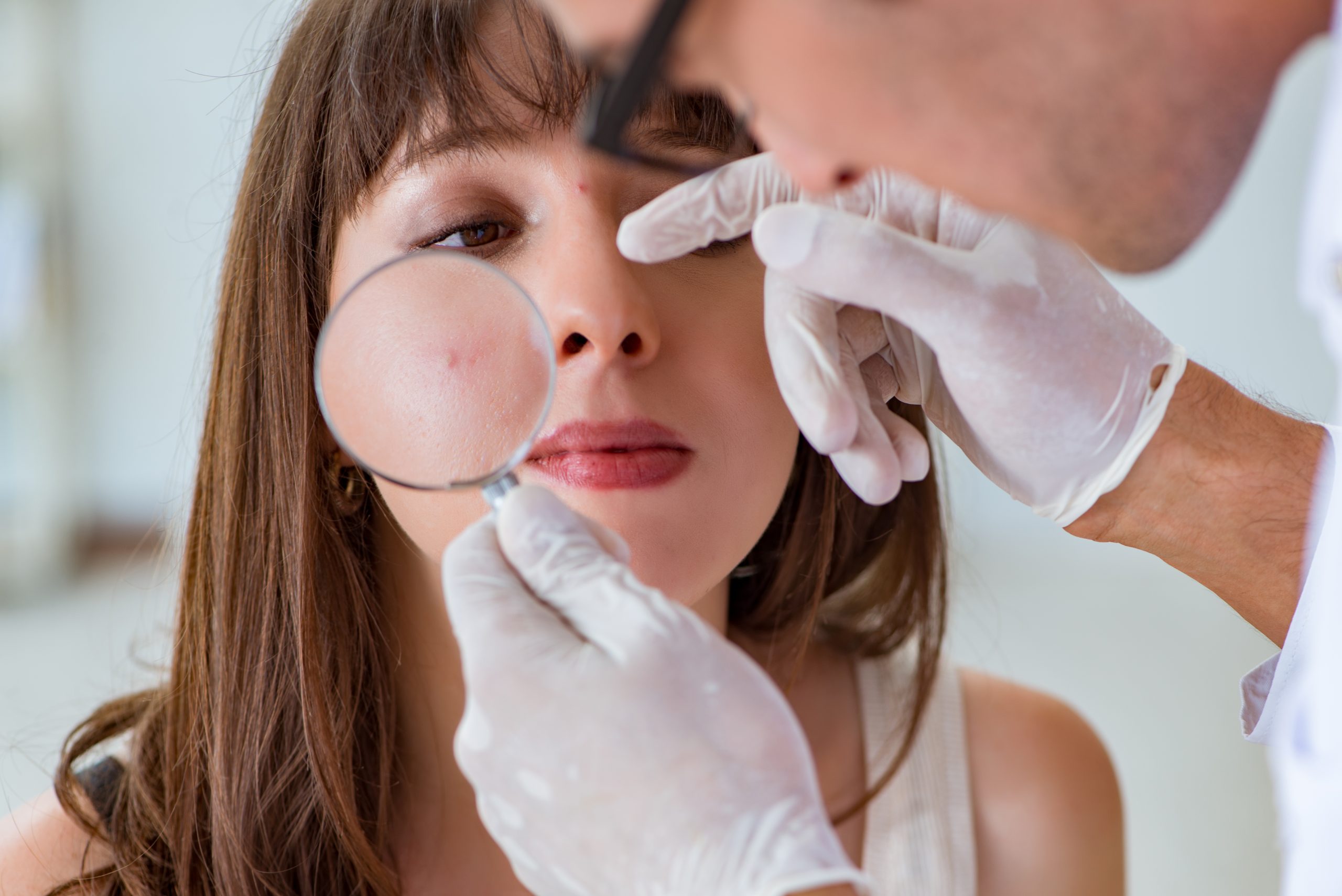Acne is the term for the blocked pores (blackheads and whiteheads), pimples, and deeper lumps (cysts or nodules) that can appear typically on the face, neck, chest, back, shoulders and upper arms. Seventeen million Americans currently have acne, making it the most common skin disease in the country. While it affects mostly teenagers, and almost all teenagers have some form of acne, adults of any age can have it. Acne is not life-threatening, but it can cause physical disfigurement (scarring) and emotional distress.
Sebaceous glands are attached to hair follicles in the skin on the face, neck, back and chest. They produce an oily substance called sebum, which normally reaches the skin surface through the opening of the follicle (pore). When follicles become plugged, sebum cannot reach the surface of the skin. This blocked sebum promotes the growth of bacteria (Propionibacterium acnes, or P. acnes) beneath the skin, which in turn produce chemicals and enzymes that attract white blood cells, causing inflammation. Eventually the follicle wall breaks down and the sebum, skin cells and bacteria erupt to form lesions or pimples. These are the visible effects of acne.
Treatment for acne varies depending on the type and severity of lesions, skin type and the patient’s age and lifestyle; on average results are visible in six to eight weeks. Options include:
- Topical Medications
- Oral Medications
- SilkPeel Dermalinfusion
- Chemical Peels
- Laser resurfacing
- Soft tissue fillers and fat transfer
- Dermabrasion and Microdermabrasion
- Microneedling
Patients with mild acne can supplement treatment at home by washing with warm water and a mild soap twice a day and/or using a topical over-the-counter acne medication.

